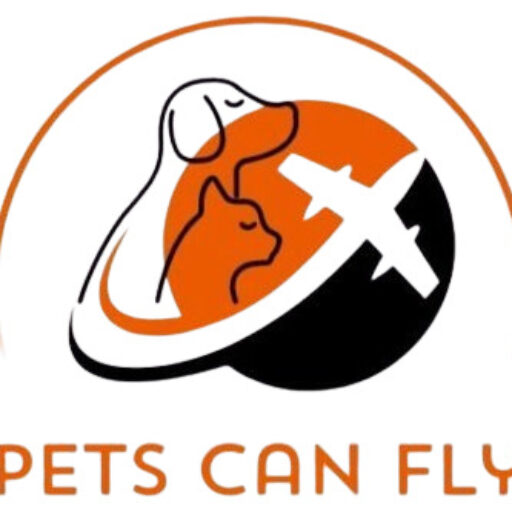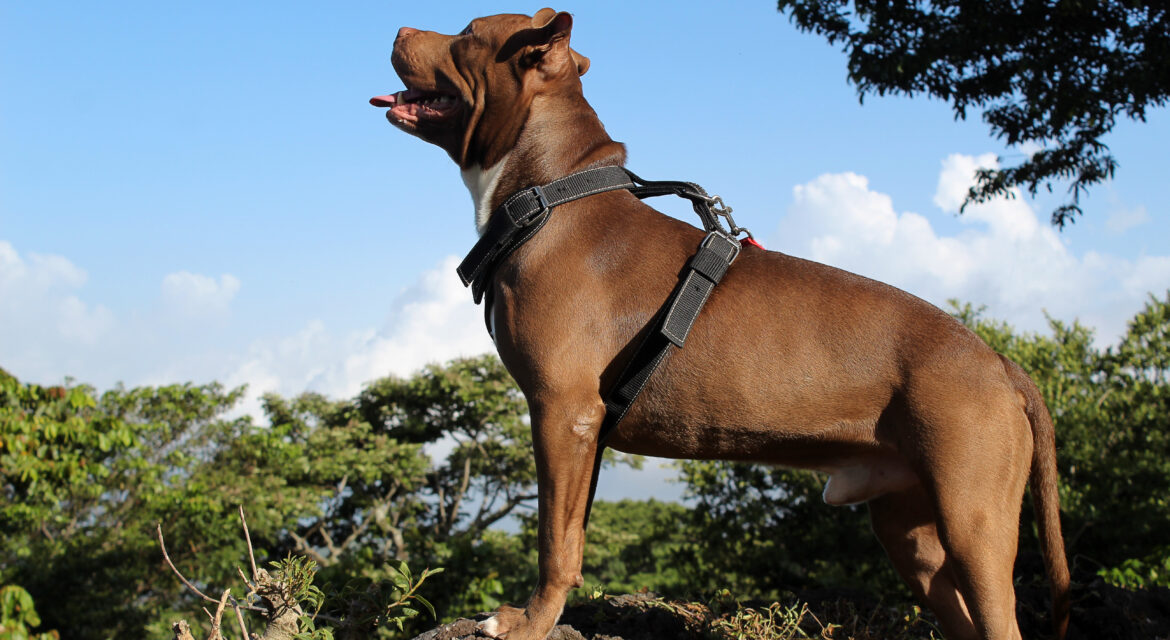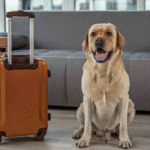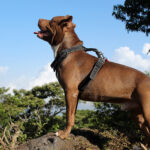When bringing your dog overseas, it is not just about a passport and vaccine requirements; there is also the right type of crate to consider. The IATA LAR CR 82 crate is an enhanced carrier kennel that is air dome-approved, used as a special, breathable crate for robust or large breeds. This is not only about rule-following; it is about safety and security, and nerves that are not tied in knots in the cargo hold. In International pet relocation service in Delhi, special attention is paid to its relevance, which demonstrates how accurate preparation helps to minimise the stress on pets, paws and pilots. As long as you desire to travel with your dog, you must realise this crate is essential and why your dog must have it. So, what do we mean by it?
Understanding the IATA LAR CR 82 Crate
IATA LAR CR 82 Crate is the eighth Container requirement in the IATA Live Animal Regulations (LAR) published by International Air Transport Association (IATA). In this regulation, some animals that are considered strong, powerful or even dangerous, such as large working dogs as well as restricted-breed, must be transported in a reinforced non-plastic crate. These crates should be made of durable materials, such as metal, wood, wire mesh, or other synthetic composites, unlike standard plastic kennels.
The door of the crate ought to be heavy wire, or metal or reinforced wood, and with fastenings that are tight and cannot be opened or left open accidentally or by escape. CR 82 construction under ISO standards prohibits the use of plastic completely because there are risks. If strong-jawed breeds chew through and escape, they jeopardise their lives as well as the lives of crew and aircraft. CR 82 was first developed decades ago to transport wild animals, but in 2012, it was expanded to include stronger dog breeds, prohibiting transportation of many of the previously banned dogs, but mandating the use of such stronger crates.
Practically, CR 82 crates can be reinforced frames of wood or aluminium, leak-proof floors, vents on all sides, food/water bowls attached to walls, carry rails to insert a forklift, and good labelling of “Live Animal”. The airlines and regulators need accurate interior measurements so that your dog can stand, turn and lie comfortably.
Does Your Dog Require CR82 Crate?
All dogs do not require a CR 82 crate-though a lot of them do. You will specifically need one, in case your dog is of a restricted, strong or large breed. The common types are American Bully, Pit Bull, Cane Corso, Dogo Argentino, Fila Brasileiro, Presa Canario, Tosa Ken and their crosses. Airlines deem such dogs as being potentially dangerous and cannot carry them in the normal plastic carriers that are used, as they are considered unsafe. Such dogs can be transported using air mode, but under the rule of CR 82, which states that the dogs have to be brought under reinforced crates.
Even those dogs which are not on the primary restricted list but which are more than approximately 14 kg in weight often require reinforcement crates to be transported, depending upon the airline. Certain carriers have breed-neutral conditions on over-sized or powerful dogs. The last word is in the airline or the requirements of the destination country, so best you check with your airline way ahead of time. Others permit exceptions, e.g. puppies less than six months and weighing less than 9 kg may be excluded in some flights.
In case you have a small well-behaved dog, a normal crate with plastic or aluminium that is IATA-compliant can be used, but more aggressive dogs have to use CR 82. Failure to comply with the rule may result in the refusal of entry into a kennel, the delay of the trip, fines, or quarantine at the destination. And DO NOT forget: measure your dog exactly: add bedding area and make sure that the airflow conforms to IATA formulas: length = nose-to-tail + 1/2 height; width = 2 times shoulder width; height = standing height + bedding
CR 82 Travel Preparation
In the case of a CR 82-compliant crate, you should plan several months in advance.
- The first step is to select an adequately sized kennel: your dog should be able to stand, turn, and lie in comfort. Measure nose-to-tail, width of shoulders, and standing height and provide IATA buffers (e.g., +4 cm of length, +3 cm of height). The airlines will reject a kennel that is a little too small, so it is better to be a size larger.
- Second, choose reliable suppliers. CR-82 crates are made out of reinforced wood, aluminium, or robust metal. They have options such as Zinger aluminium crates that have airline kits (rails, bowls, labels and handles) and conform to CR 82 key codes. Crates such as CR8-2FLY, suitable to IATA requirements, are wooden and can be folded into suitable storage dimensions.
- Third, familiarise your dog with the crate. Weeks before, schedule training lessons involving the crate in your house so that it has become a safe den with bedding and treats. When a kennel is restful, then the travel will be less troubled.
- Fourth, label and kit the crate. Place upside-down clear stickers “Live Animal” and put water/food bowls within the reach of the outer part, pad the floor with absorbent material, and tie the door lids with zip ties or lock covers.
- Fifth, check airline policies. Some will require the use of forklift rails and side grips; others are breed-specific and destination-specific. Book veterinary 3-9 months in advance. Most countries require health certificates, usually 10 days before travel.
- Finally, do a test run. Place the crate into your car, watch whether your dog is going to be settled, or if it is transported well. Did you see any distress? Adjust bedding, ventilation, or training. A self-confident, obedient crate will not only follow the rules-it will provide a safer and smoother trip experience to your faithful companion.
Conclusion
Travelling internationally with a strong or restricted dog breed can be an occasion to prepare; however, the crate that IATA LAR CR 82 provides is a peaceful means to travel and helps keep it safe. These are the strengthened kennels that are designed according to the high standards and guarantee safety of your dog, airline crew, and aircraft. Determine the eligibility of your dog, measure well and find a reputable supplier of CR 82. Under your advanced training, appropriate labelling, your pet flies right, comfortably, with little or no stress. A Ready-to-Go Crate should remove the barrier – so your international journey can start on the right paw with pet relocation service in India.
FAQs
1. What is CR 82 pet crate in IATA?
CR 82 is the eighth Container requirement in the IATA Live Animal regulations. It has formulated certain principles of reinforced kennels with regard to strong or restricted types; metal, wood, or wire mesh must be used, not plastic.
2. Does my Pit Bull require a CR 82 crate?
Yes. Such species as Pit Bulls, Cane Corsos, and American Bullies are unrestricted breeds and should move with CR82-compliant crate to the airline safety standards.
3. Is it possible to travel with a plastic crate?
Yes. Such species as Pit Bulls, Cane Corsos, and American Bullies are unrestricted breeds and should move with CR82-compliant crate to the airline safety standards.
4. What is the proper sizing of a CR 82 travel crate?
Get your dog’s lengths (nose to tail), height (straight line on the floor to the head) and width (shoulder measurement). Include IATA-mandated margins: 4cm additional to length, 3cm to height, and 2 times shoulder width such that there is room to stand and turn.
5. Where do you purchase a dog crate that is CR 82 compliant?
Zinger aluminium kits, wooden CR8-2FLY, East Coast Crates and custom builders are some of the suppliers. Find IATA LAR CR 82 certification and airline kits, bowls, rail handles and labels.





